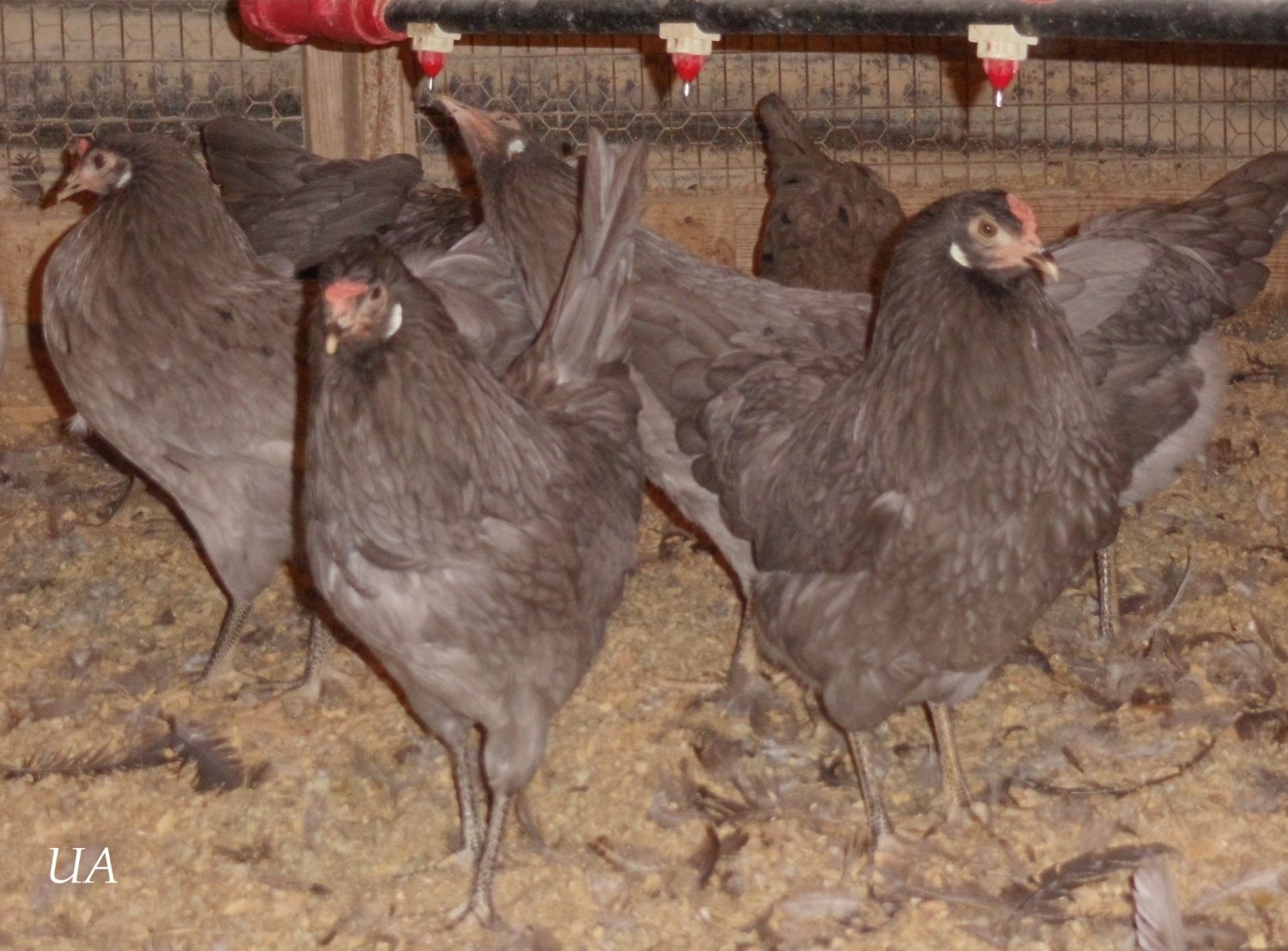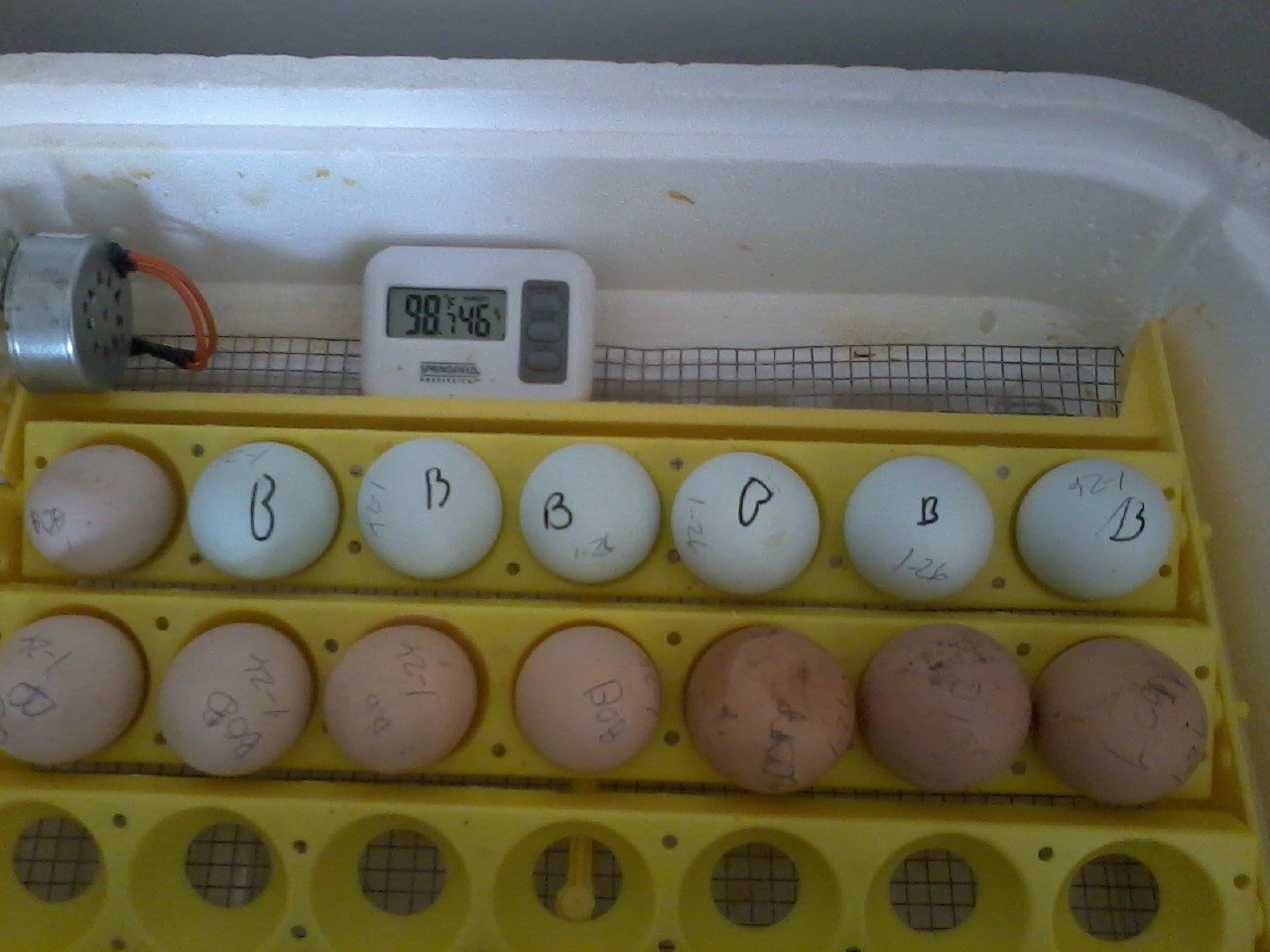This thread is intended for the discussion of the two new developments of Blue Egg layers from the University of Arkansas. This is not for discussion on Easter Eggers, Ameraucanas etc. Photos and updates will be added as available to post #1.
From an email ....
Quote:
We have a few of the B eggs set in our incubator. Does anyone have photos of these? We are actually looking forward to seeing what these look like and how well they lay. These are not an Easter Egger, per se. But a new breed developed in cooperation with the Unversity of Arkansas.
The commercial leghorn blood is not hatchery lines, but research lines from the commercial industry.
The egg is similar in color to his Auracana eggs and vary from medium to large in size.
We plan on keeping a breeding pen of these and seew hat they reproduce.
Can you imagine a Blue Egg layer that lays like a factory, battery layer
The actual "Blue" eggs from U/A in our incubator:

Photo below is of the Research Farm and Poultry Science Department.


From an email ....
Quote:
We have a few of the B eggs set in our incubator. Does anyone have photos of these? We are actually looking forward to seeing what these look like and how well they lay. These are not an Easter Egger, per se. But a new breed developed in cooperation with the Unversity of Arkansas.
The commercial leghorn blood is not hatchery lines, but research lines from the commercial industry.
The egg is similar in color to his Auracana eggs and vary from medium to large in size.
We plan on keeping a breeding pen of these and seew hat they reproduce.
Can you imagine a Blue Egg layer that lays like a factory, battery layer

The actual "Blue" eggs from U/A in our incubator:

Photo below is of the Research Farm and Poultry Science Department.


Last edited by a moderator:






